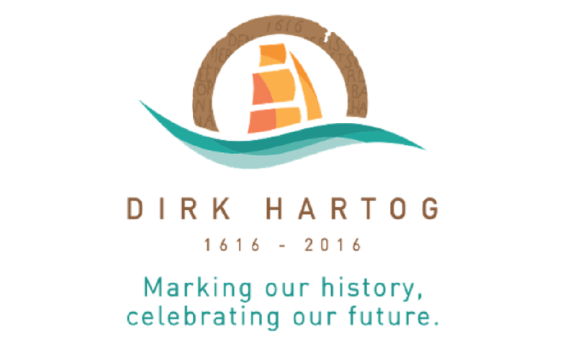Digital Classroom
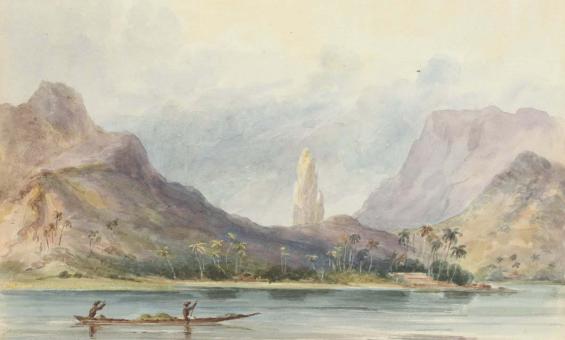
Nicholas Chevalier, Otaheite [i.e. Tahiti], 1868, nla.gov.au/nla.obj-134623111
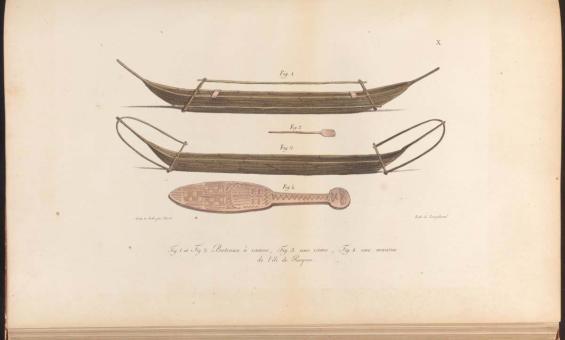
Louis Choris, Canoes, and a club from Easter Island, 1822, nla.gov.au/nla.obj-136165362
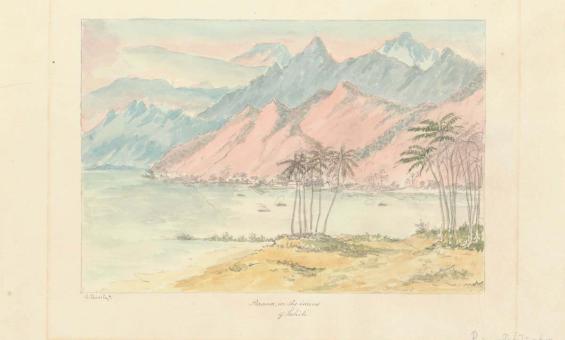
Charles Hamilton Smith and Robert Elwes, Sketcher's tour round the world. Parana in the island of Tahiti, nla.gov.au/nla.obj-136489091
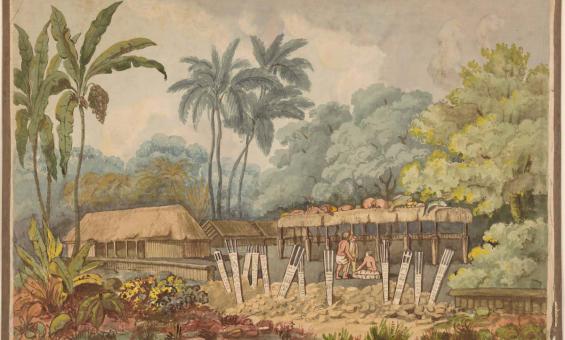
John Williams, John Webber and James Cook, A human sacrifice in a morai in Otaheite, nla.gov.au/nla.obj-136423378
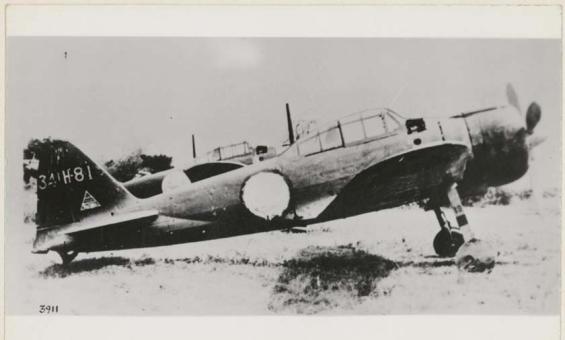
Mitsubishi A6M Zero-Sen, a Japanese single seat monoplane fighter, 1940, nla.gov.au/nla.obj-144931273
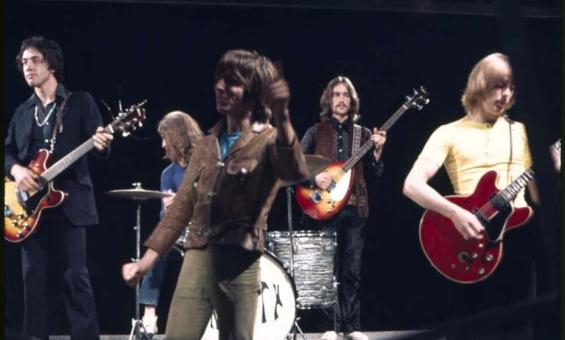
Stephen Fleay, The Easybeats rehearsing at the CBN 8 and CWN 6 television studios, Orange, New South Wales, 1970, nla.gov.au/nla.obj-151176759
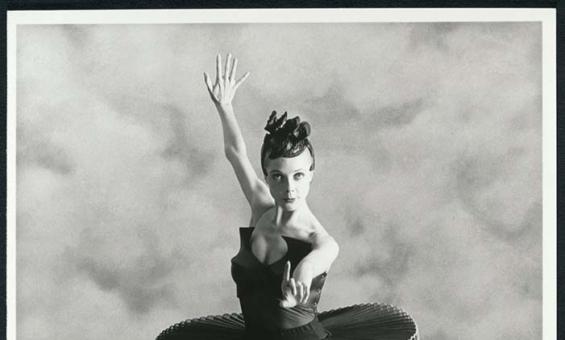
Jim McFarlane, Justine Summers in "Divergence", the Australian Ballet, 1994, nla.gov.au/nla.obj-136367403
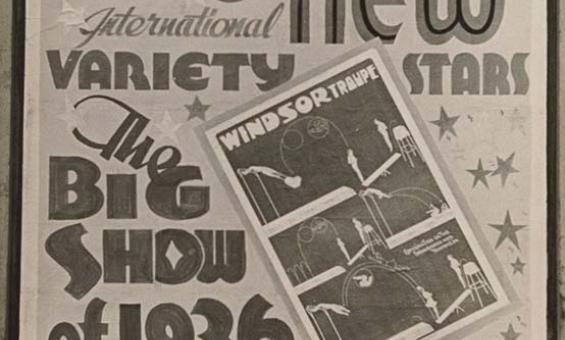
(1936). Frank Neil presents new international variety stars in the Big show of 1936. nla.gov.au/nla.obj-2404782107
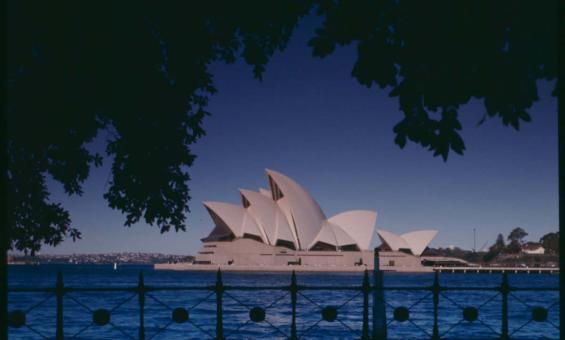
Don McMurdo, [Sydney Opera House], nla.gov.au/nla.obj-146290294
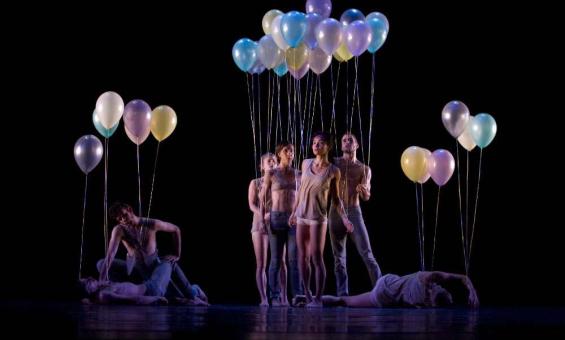
Samuel Cooper & Adam Linder, Dancers on stage during dress rehearsal of Sydney Dance Company's Are we that we are, Sydney Theatre, Sydney, 2010, nla.gov.au/nla.obj-132086627

Matthew Sleeth, Australian singer Kylie Minogue performs at the Tour of Duty concert at Dili Stadium, East Timor, 21 December 1999, nla.gov.au/nla.obj-147368307
